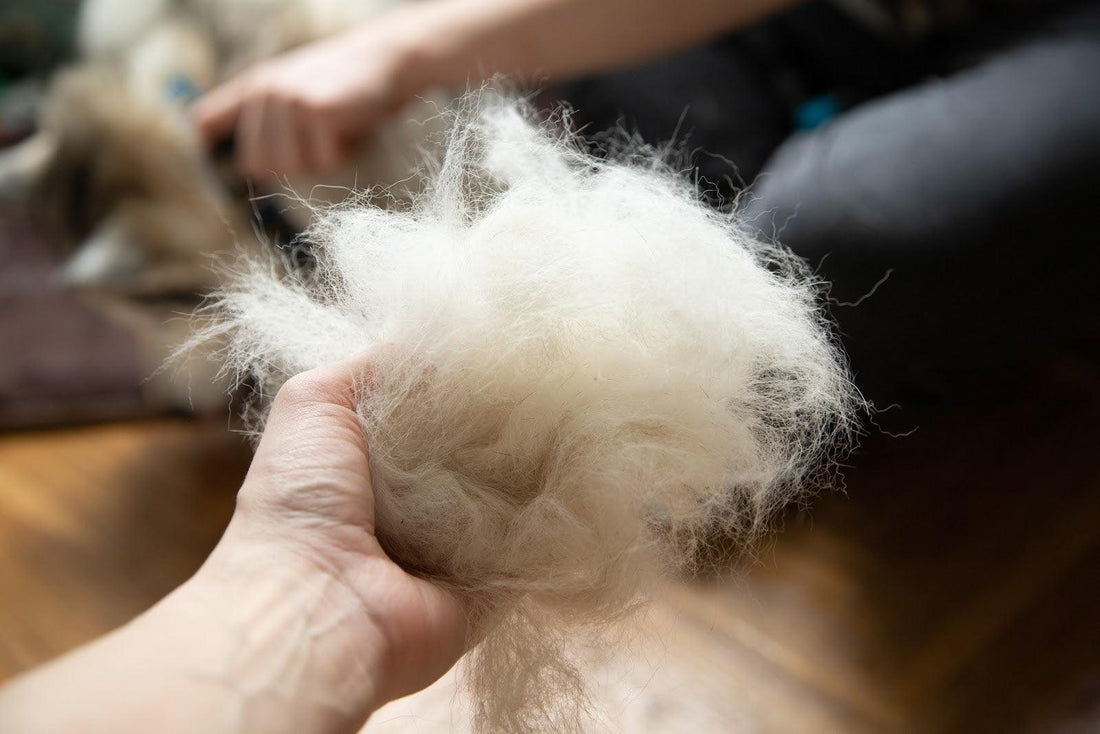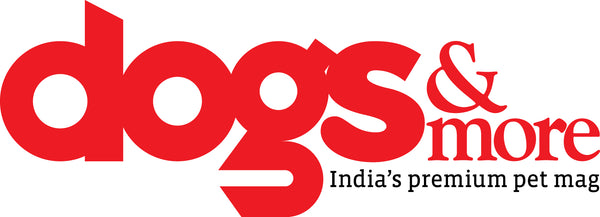Any pet home without any doggo hair is not a dog house. Alopecia is a medical term used for hair loss conditions. Dogs shed their hair throughout the year, it is a normal procedure which you will observe in any pet. In dogs, the shedding varies according to their breed and health conditions.
Dogs who have long hair shed more hair than the ones with short hair without any health issues. But, every hair on your dog's body has its own life cycle. Each hair goes through three stages in its whole life span categorised into Anagen, Catagen and Telegen.
- Anagen: Is the growing phase of the hair follicle.
- Catagen: Is known as the transitional part where the hair stops growing. Generally this phase lasts for around 2-3 weeks.
- Telegen: Is the resting phase. End of the life cycle of the hair and growth of new hair.
Skin infections which can be normally observed in dogs leading to hair loss are of the bacterial and fungal followed by mange and parasitic infestation. These conditions lead to excessive itching, dandruff and ultimately hair loss in patches or complete hair loss in some cases, if not treated timely.
Allergic reaction to any food, medicine or fleas can also cause itching and hair loss. Allergic conditions to the body are difficult to find out. Many times dogs are on the same diet for a long time and suddenly develop an allergy or resistance to a particular food.
For example: milk intolerant dogs can develop itching and sometimes small red pustules which irritate the dog, which can be treated as skin infection if the history is not known. Milk intolerant dogs because of the itching in the reflex can lick or bite himself leading to hair loss on that particular patch.
Seasonal shedding is the most common problem. A dog sheds a few hairs during the starting of the season be it winter or summer.
During winter, dogs shed their loose hair and grow a new heaver hair coat which protects them from strong windy waves during winters.
During summer, dogs shed this heavy winter coat and develop a lighter hair coat, one which helps them to maintain their body temperature according to the environment.
Medical conditions go unnoticed when it comes to hair loss for example hypothyroidism or growth hormone disorder or decreased in the testosterone after a castration along with poor nutrition, pregnancy, postpartum stress or lactation can also be the main culprit of the excessive hair loss in pets.
When to worry?
When the hair loss is in patches (bald spots) or bunches then it is time to worry. In seasonal hair fall the whole body sheds the hair and it does not leave any bald spot. When there is no infection or any medical condition then the hair sheds evenly from the body surface without any rash, red spots or bald patch.
Dos
- Get regular grooming of your pooches done using a proper brush according to hair type. This will help to draw out loose hair and hence you will see less hair on your couch or bed.
- Taking him to a professional groomer once a month will help to give them proper grooming according to their body.
- Using a good shampoo which is recommended by your vet.
- Bathing should be every 10-15 days. Excessive bathing can also cause skin problems leading to hair loss.
- Use Coat supplements enriched with omega and vitamins for their healthy and glowing coat.
- Proper diet should be maintained for balanced nutrition. Take the help of a veterinarian or nutritionist which helps you to guide with it.
- Always use pet friendly floor cleaners to avoid any reaction on your pooch’s body.
Pest control: Pests can irritate your dog’s skin followed by excessive scratching and hair loss.
- Consult a veterinarian if you see any unusual spots or rashes along with excessive hair shedding in your pet.
Donts
- Never self medicate your pet.
- Don't use any antiseptic like dettol or savlon in your pet’s bathing water.
- Avoid giving milk, wheat products or sweet products to your pet, as a few ingredients in it may aggravate hair loss and other skin conditions along with it.
- Don't use human soap or shampoos on your dog.
Follow these simple tips to avoid excessive hair shedding. You can also use Heal O’Rub to treat dry patches to avoid hair fall. Read its benefits here! Remember, there will always be some amount of shedding. Stay alert & keep an eye! And if you need any help, we are here for you. Call us on +91 8431620000 and our in-house vets will assist you with everything.
If you wish to be a part of an ever growing pet parent community, then join Wiggles Tribe on Facebook today and get all your queries answered by our in-house vets!



















